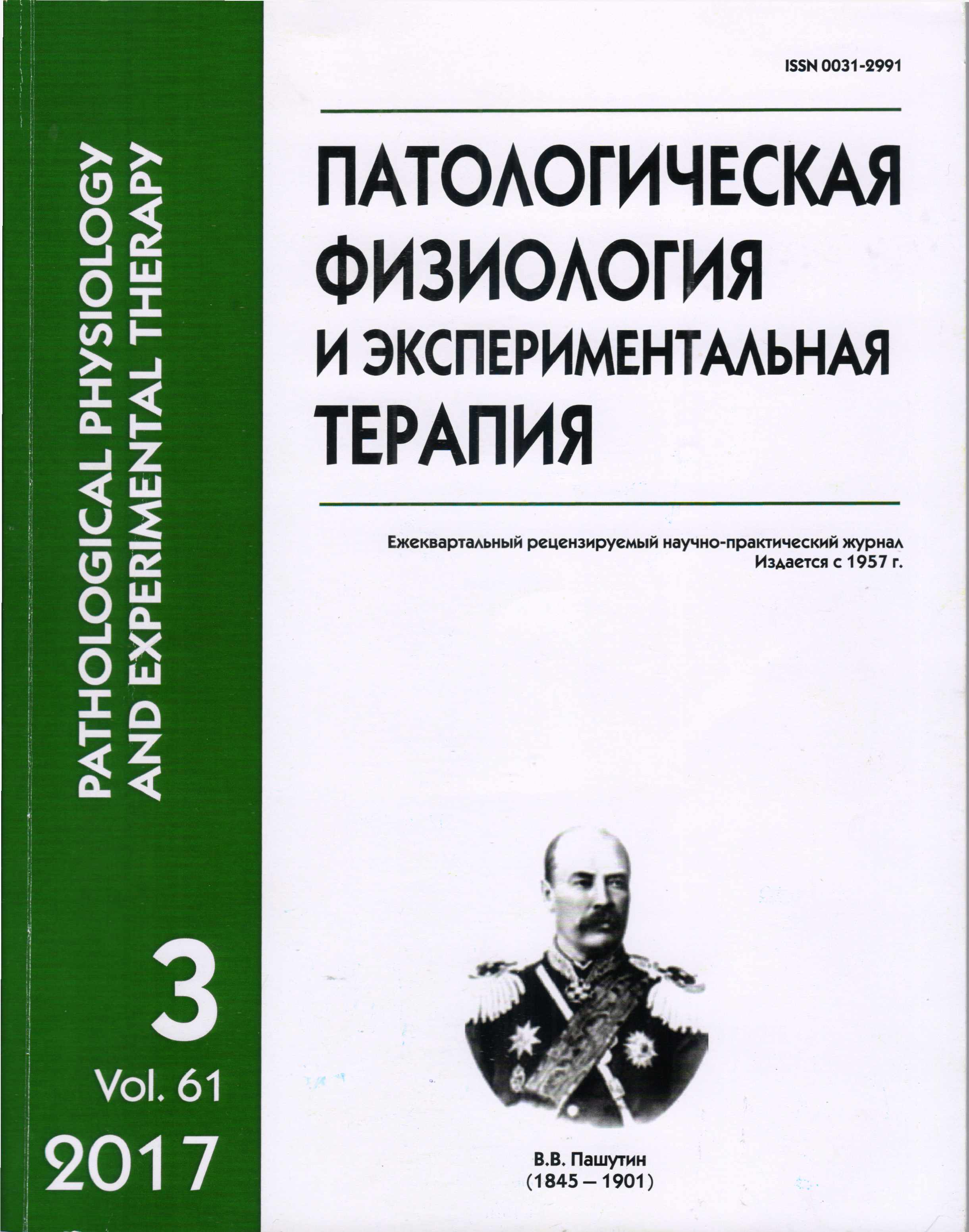Защита печени оксиметилурацилом и производными янтарной кислоты при воздействии тетрахлорметана в эксперименте
Аннотация
Цель. Сравнительная оценка гепатопротекторных свойств комплексного соединения «оксиметилурацил + натрия сукцинат» и отдельных его составляющих на экспериментальной модели острого токсического поражения печени, индуцированного тетрахлорметаном (ТХМ). Результаты. Исследуемое комплексное соединение в дозе 50 мг/кг оказывало максимальный гепатозащитный эффект, ограничивая выраженность некроза и сохраняя метаболизм печени за счет положительного влияния на активность ферментов (уроканиназы, АсАТ, ЩФ), показатели уровня билирубина и триглицеридов, а также на состояние перекисно-антиперекисной системы – ПОЛ-АОС (ДК, ТК, СОД, КАТ), восстановленного глутатиона, уровня SH-групп. В группах крыс, получавших раздельно оксиметилурацил и натрия сукцинат по 25 мг/кг по лечебно-профилактической схеме, выявлена нормализация функционирования ПОЛ-АОС, в меньшей степени было выражено влияние на функциональную активность печени и ее морфологическую структуру. Заключение. Целесообразность одновременного назначения оксиметилурацил и натрия сукцината подтверждалась более высокой выживаемостью крыс при введении комплексного соединения «оксиметилурацил + натрия сукцинат» после введения летальной дозы ТХМ.













